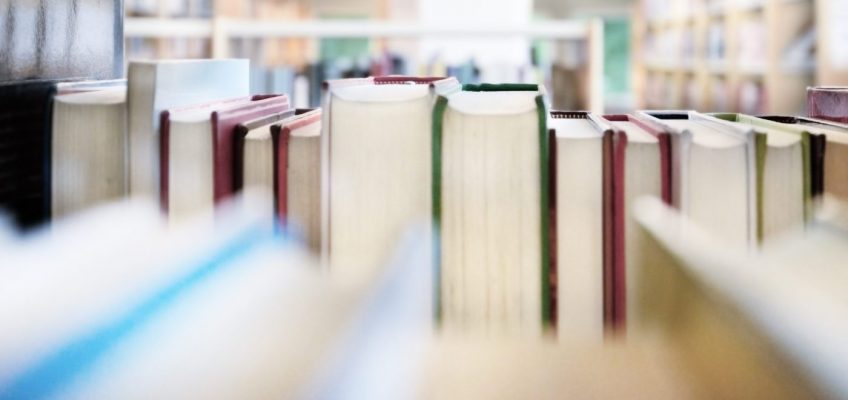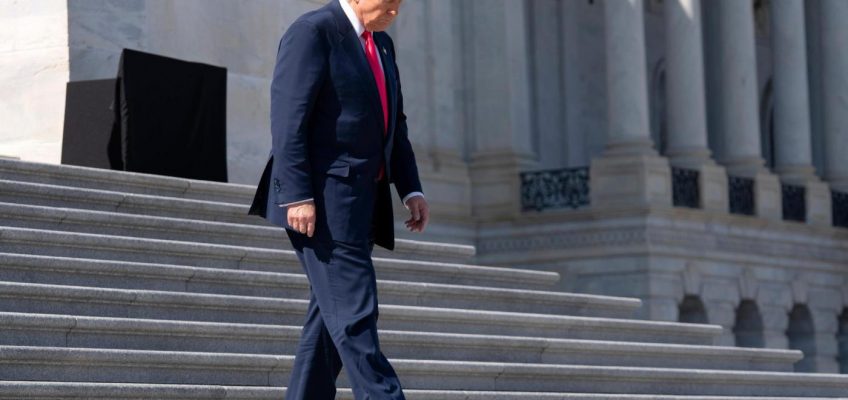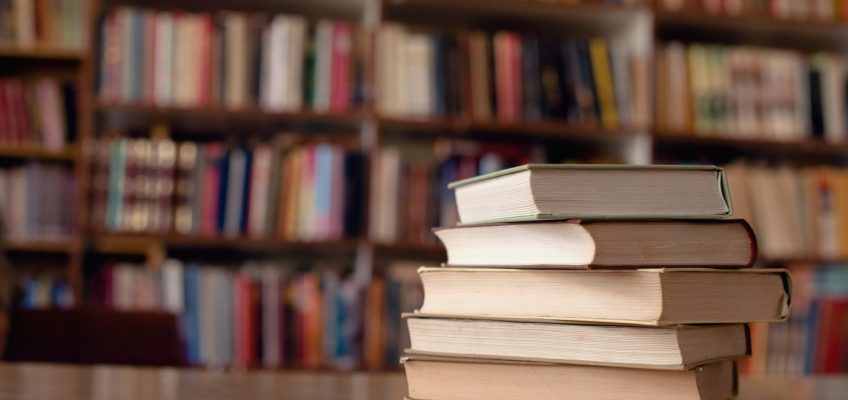We’ve got John Sandford’s much-anticipated new thriller today, as well as two other worthy additions to the genre.
(Courtesy of Penguin Random House)
John Sanford. (Courtesy of Penguin Random House)
“Lethal Prey”: by John Sandford” (Putnam, $32)
As disturbing as the renewed investigation was, even more worrisome was the cops who were doing it — Davenport and Flowers. She’d never had either of them in court, but knew them by reputation. Flowers seemed to have x-ray vision when it came to solving crimes; Davenport seemed happy to shoot anyone involved. Neither was stupid and both were experienced. — from “Lethal Prey”
Lucas Davenport and Virgil Flowers take on a decades-old cold case in the 35th in John Sandford’s Prey series. After a dozen thrillers featuring Virgil Flowers, Sandford merged Flowers into the Prey books, much to the consternation of “that f—- Flowers” devoted fans. But the men work well together, with their skills complementing each other’s.
Davenport, a deputy U.S. marshal, and Flowers, who works for the Minnesota Bureau of Criminal Apprehension, are tasked with finding the killer of Doris Grandfelt, an employee of an accounting firm whose body was dumped at the edge of an urban park in St. Paul. The killer was never found, partly because nobody knew where the crime took place.
Twenty years later, Doris’s twin sister Lara offers a $5 million reward to anyone who finds the killer. Davenport harnesses the power of the internet by bringing into the plot true-crime bloggers who compete with one another to be first to get news about the investigation online. So Davenport and Flowers use the help of a few of the best bloggers to research details of the old crime. The downside is that Davenport and Flowers, who hate publicity, are filmed by the bloggers and their faces are all over the true-crime sites.
Like all Prey thrillers, the reader knows the identity of the perp, who’s introduced in the first pages. The fun is watching Flowers and Davenport trying to put the pieces of the puzzle together after one of the bloggers discovers the murder weapon using a metal detector. Doris was not raped but her body was battered and the partners believe she was the victim of someone’s rage. They also learn how fallopian tubes can help pin down a woman’s time of death after sex, a typical Sandford piece of unusual information.
This is an odd entry in the Prey series. Davenport and Flowers are still quipping, but there’s a lot of driving around. The most exciting part is when someone torches the barn on the farm belonging to Flowers’ girlfriend Frankie. We expect a furious Flowers to eventually do some serious damage to the perp in an explosive encounter, but that never happens. And the story ends with a cliffhanger, which led some early readers to think they had been sent unfinished books. Sandford hardly needs an abrupt ending to persuade readers to look forward to this next book, since he’s already so popular that there is a fan site devoted to him and his thrillers. Some fans have read the entire series several times. So it will be interesting to see what Sandford devotees think of this one, which this reader gives a B-.
(Courtesy of the author)
“Ruby Red Flaws”: by Joe Golemo (Level Best Books, $16.95)
Joe Golemo (Courtesy of the author)
Now that Sheila’s body was covered, I turned to the MC and whispered, “This is obviously a murder, or she wouldn’t have been wired to the swing. The killer could still be somewhere in the building, and they may even be sitting here right now…” — from “Ruby Red Flaws”
It was an ugly sight. The corpse of the swing girl at Ruby Ray’s Supper Club in Lilydale along Highway 13 was wired onto her trapeze, one hand moving back and forth to the horror of the audience. Among the diners are Grayson Dyle, co-owner of a Twin Cities product design firm, and Kate, his bookkeeper girlfriend who works for Ray, the club owner and husband of the dead woman.
When it’s obvious the woman has been murdered, Kate races to the safe to be sure her employer’s big uncut ruby is still there. It isn’t, and law enforcement accuses Kate of the murder and stealing the ruby, found by Ray in Australia and displayed in an old museum next to the supper club.
Dyle, a nice guy who loves Kate, is determined to find the real killer to clear Kate’s name. He also has been asked by his biological father, a Catholic bishop, to look into a priest who is holding cult-like services at the supper club on Sunday mornings. (Dyle and his brother, who had been adopted, learned of their birth parents in “Design Flaw,” first in this series.)
As Grayson looks for the killer, a lot of information comes out about the rogue priest and the ruby of which of which Ray is so proud. Is there a real stone and a fake? Why would anyone kill Ray’s wife, who everyone admired? The supper club isn’t doing very well financially but can Ray sell the property to build condos overlooking the river that require variances?
Grayson is a likable sleuth, trying to do the best he can for everyone. And the author grounds his story in local color from having a little fun with Edina (“cake-eaters”) to a church that looks like St. James Evangelical Lutheran in West St. Paul and a salute to the real-life Diamond Jim’s club in a mall that is now the site of condos.
Golemo will be at a meet-and-greet from noon to 2 p.m. Saturday at Once Upon a Crime mystery bookstore, 604 W. 26th St., Mpls.
(Courtesy of the author)
“The Turtle-Jack Killings”: by Glenn Ickler (Outskirts Press, $21.95)
Glenn Ickler (Courtesy of the author)
The unexplained replacement of Jimmy Kimmel by Lady T, the TV personality, as the Winter Carnival’s guest of honor could mean that something very special of international importance was going on in the Twin Cities or in Minnesota in general. The presence of Lady T, the Interpol agent, told me that there had to be a major story to be uncovered here. — from “The Turtle-Jack Killings”
This is the 20th thriller featuring newspaper reporter Mitch Mitchell and photographer Alan Jeffrey written by a former editorial writer for the St. Paul Dispatch and Pioneer Press who lives near Boston. The two protagonists are such a close team that their editor refers to them as Siamese twins. The editor is told repeatedly the proper phrase is “conjoined twins,” but he doesn’t care. He just wants good copy before deadline.
Narrated in the first person by Mitch, it’s a story based on turtles; specifically, turtles that will die if a big mining company is allowed to drill for nickel near an American Indian reservation in northern Minnesota. If approved, the mining would drain wetlands and kill the turtles with which the Ojibwe have a special relationship.
When Mitch, Al and two other writers at the St. Paul Daily Dispatch are awarded hand-carved and painted little turtles at a ceremony on the reservation, a woman business writer holds up her turtle and announces that a thumb drive in the turtle’s stomach contains explosive information.
Soon the woman and another of the four colleagues at the ceremony are dead and Al’s home is trashed. Somebody wants that thumb drive.
The trail leads to northern Minnesota, where Al and Mitch interview bored miners waiting for word from the EPA about whether the project will go ahead. Turns out there might be something more deadly than nickel in someone’s illegal plans. That’s why the intriguing character Lady T, a Hungarian TV star who works for Interpol, is a guest at the St. Paul Winter Carnival. Mitch and Al met the large lady in a previous book and she is a sort of fairy godmother and protector for them. (There’s a little story within the story here, with Mitch reading all the Treasure Hunt medallion clues, an invitation for readers to figure out the location.)
When Al and Mitch get too close to the secret, they’re “invited” at gunpoint to go ice fishing on a dark night, dressed in heavy clothes that will trap them under the ice. Even their hard-nosed editor might think that’s going a little too far for your job.
Some authors paint the media as an intrusive, uncouth pack of wolves. It’s nice to see the other side from an author who knows what he’s talking about.
St. Paul students cut the ribbon for the world’s 200,000th Little Free Library
Book Review: ‘The Dream Hotel’ is a dystopian world in which people are detained for dreams
St. Croix Valley Big Read is ‘Nothing to See Here’
Readers and writers: Thought-provoking novels
Literary calendar for week of March 9




